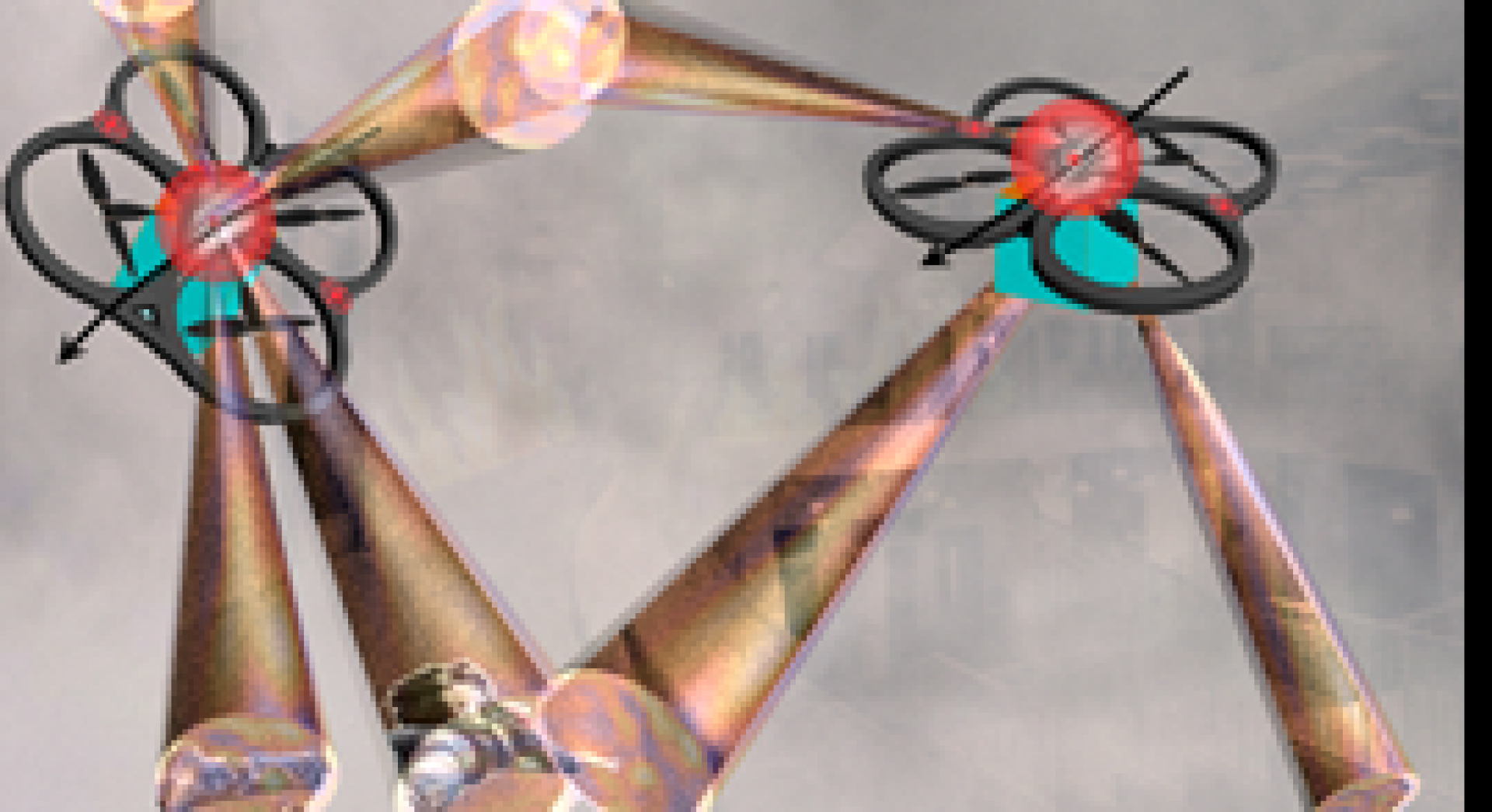Sensing, Imaging, Control, and Actuation Laboratory
Welcome to SICA-Lab! We are a Northeastern University College of Engineering laboratory directed by Professor Jose Martinez Lorenzo. Our research is focused on the theory of information-based sensing and imaging systems capable of learning and reasoning in applications involving fast changing scenarios, where safety-critical decisions must be made quickly. Examples of such applications investigated by our research group include but are not limited to the following: (1) security-driven applications such as swarms of drones in rescue missions and passenger screening systems searching for moving suicide bombers; (2) sustainability-driven applications such as subsurface exploration of flows and transport and satellite imaging of earth; and, (3) health-driven applications such as early detection of breast cancer and classification of burned tissues.
The physics of these seemingly diverse applications rely on similar equations governing matter-wave interaction and propagation in complex media. Our core expertise lies in using similar mathematical tools to address complex problems in diverse wave-based applications. Specifically, the primary challenges addressed by our group include the following:
• Handling of variable scene dynamics involving agents moving with different velocities,
• Sampling of data fast enough to enable 4D imaging with high video frame rates,
• Fusion of information from multiple sensors to learn and reason about the scene, and
To address these challenges, our fundamental research focus encompasses these thrusts:
• Research into the theoretical principles and fundamental limitations of electromagnetic, acoustic, and thermo-acoustic compressive sensing, imaging, and learning systems to enhance the information transfer efficiency between sensors and operating scene.
• Development of computational models, multi-physics-based signal processing algorithms, and machine learning techniques to design, optimize, and real-time operate 4D-coded compressive autonomous systems by using artificial intelligence, materials, and structures.
• Prototyping autonomous robotic and mechatronic testbeds to validate our fundamental theory and models.
